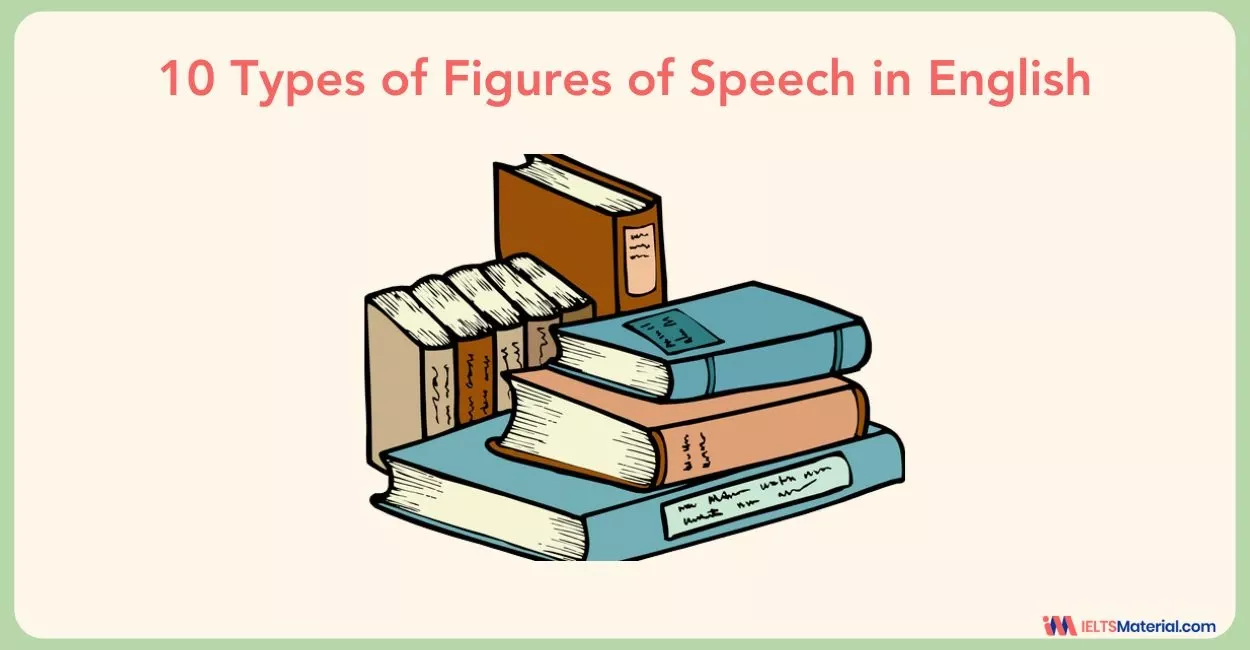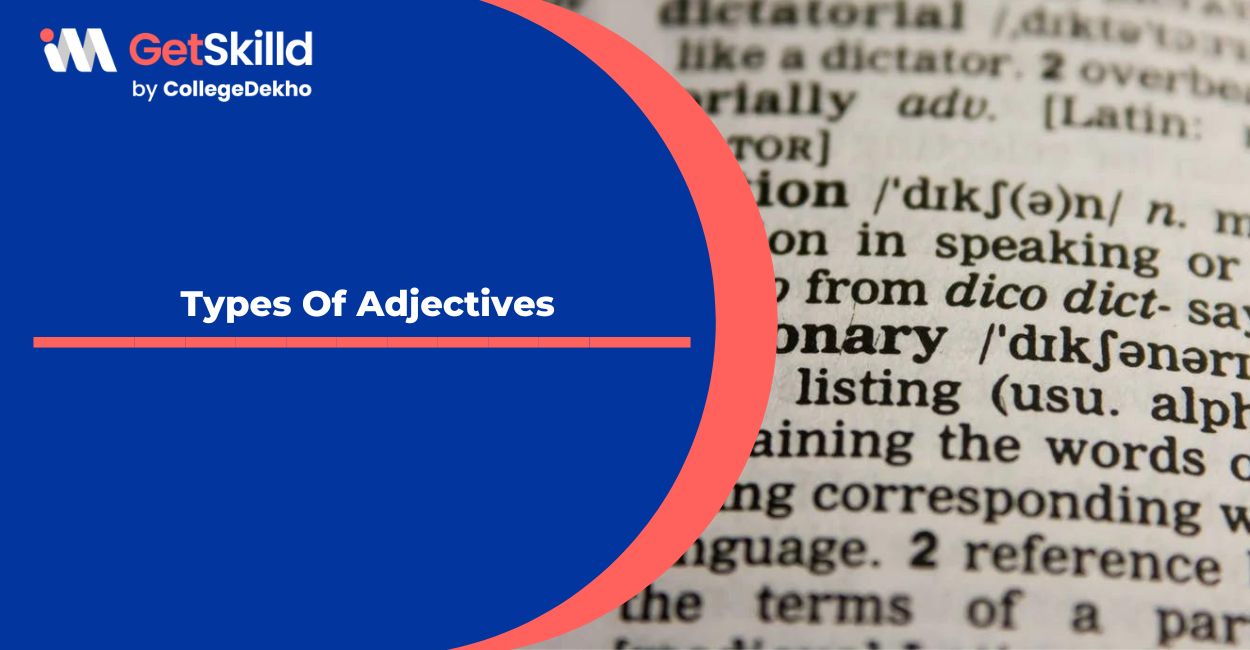How to Write Better Emails at Work?
4 min read
Updated On
-
Copy link
Table of Contents

Limited-Time Offer : Access a FREE 10-Day IELTS Study Plan!
Emails at work are the most relayed Business Communication resources. Because we rely heavily on emails, they must be written appropriately to serve the intended purpose of conveying information and collaborating simultaneously. Email communication at work is undoubtedly one of the most common ways of communication; hence, learning email writing skills and effective email communication in the workplace are highly pivotal.
8 Effective Email Communication tips
Effective email in the workplace not only conveys information clearly and concisely but also saves time and effort for both readers and recipients, and hence saves time (which is immensely precious for an organization). So every business professional should know about effective email communication skills. Let’s find out the 8 best ways to write your Emails in the most effective way.
-
Make your emails concise and direct
During professional email communications, you must avoid including any private or sensitive information in your emails and steer clear of irrelevant topics. Some valuable tips that can help you draft effective email in the workplace are as follows.
- Using bullet points that cover the main content of the mail
- Conveying the whole message within a few paragraphs (say, in 1 or 2 sections)
- Leaving appropriate breaks between sentences.
-
Use Subject lines well.
Subject lines are deciding factors in the success of your email. It is the first point of connection the recipient has with the sender. Thus, using a few well-chosen phrases to let the receiver know what the email is about is important because a subject line with no words is more likely to be ignored or marked as “spam.” Also, a well-written subject line delivers the essential information without the recipient even having to open the email. It is a prompt that reminds recipients about your correspondence every time they glance at their inbox. Thus having a suitable subjective line is a crucial email writing skill.
-
Start with a proper greeting.
An appealing greeting is a polite way of starting a conversation, whether in a mail or any other means of communication. It’s always best to use Mr, Mrs, Mrs, or Miss, followed by the person’s last name, for a formal greeting. You can also use both their first and last names. In the case of an informal greeting, you can use the person’s name followed by a comma or add ‘Dear’. Even a ‘Hi’ before the name of the recipient would do.
-
A clear and short email can work wonders.
There is this scene in the case of big companies, possibly before a vacation or after a recruitment drive, that the leave letters or resumes sent by several employees or candidates get bundled up in their inbox. Combining many related topics into one email seems sensible to avoid spamming the recipient. When this occurs, keep things straightforward using numbered paragraphs or bullet points, and think about “chunking” information into manageable chunks. So to make them easy to skim through, keeping your email content short is preferable.
-
Being polite is the key.
To communicate effectively and respectfully while writing a professional email, you must make it polite. Here are some phrases that you can use in your mail to make it sound more polite:
- When asking for simple requests, use phrases like
“Would/Could you mind..?” can be used.
- While asking for permission, certain phrases like
“I was wondering if I could..” Would it be possible if I..” can be used.
- In a professional mail, chances are high for you to refuse, suggest, or propose certain ideas. In such kinds of emails, phrases:
“I am not sure that….” I am afraid that might not work” can be used
Another way to make it more polite is by concluding your message in a more formal way using “Regards,” “Yours sincerely,” or “All the best,” depending on the situation.
-
Craft your emails using a better tone.
Determining the tone of an email is difficult, but in most cases, the reader assigns the style even if it is not intended. Therefore, be careful with the use of exclamation marks and inflammatory words. Thus a better tone while writing emails becomes necessary while drafting an email. So choose your words, sentence length, punctuation, and capitalization wisely since they can easily be misinterpreted. It’s essential to consider the overall tone of your message. Following are some valuable points that you can make use of in this regard.
- Consider what you’ve written as if you were the recipient so you have a realistic sense of the tone that can be interpreted.
- If you know the recipient, consider their personality type and how they tend to respond to certain messages to avoid triggering an adverse reaction.
-
Ensure your email’s readability.
The purpose of writing an email is to get the message over to the recipient. What good it would do if the message you sent across is not readable. Readability is the main factor that, when absent, can downgrade the intent of that particular email. There are certain ways by which you can ensure that mainly the type of font you choose to write the mail. Use standard fonts like Arial, Times New Roman, etc., which are easy to read with an appropriate font size that is large enough for the reader’s eyes. Professional email writing is something that must be practised formally. So using unwanted emojis and therefore using specific slang in the email body may not be a thing that would be tolerated from a business perspective.
-
Proofreading is a must.
Be considerate and always double-check your work before hitting “submit.,” keeping in mind that your professionalism, values, and attention to detail are reflected in your communications. Check for any grammatical, spelling, or formatting mistakes either yourself or with the help of a friend to resolve any issues beforehand. Thus, it makes it simpler for others to scan and comprehend, ensuring a high chance of a response to your mail.
Learning to write awesome emails might take you some time. However, you may learn it quickly with consistent practice and mentored guidance. GetSkilld guides you thoroughly in your journey of learning business communication with their tailor-made programs specific to your specific domains/industries/needs by some top-notch industrial experts.
Email communication is not a tough road to drive through. Practice is the key!

Start Preparing for IELTS: Get Your 10-Day Study Plan Today!
Recent Articles

Kasturika Samanta

Kasturika Samanta

Kasturika Samanta

Kasturika Samanta




Post your Comments